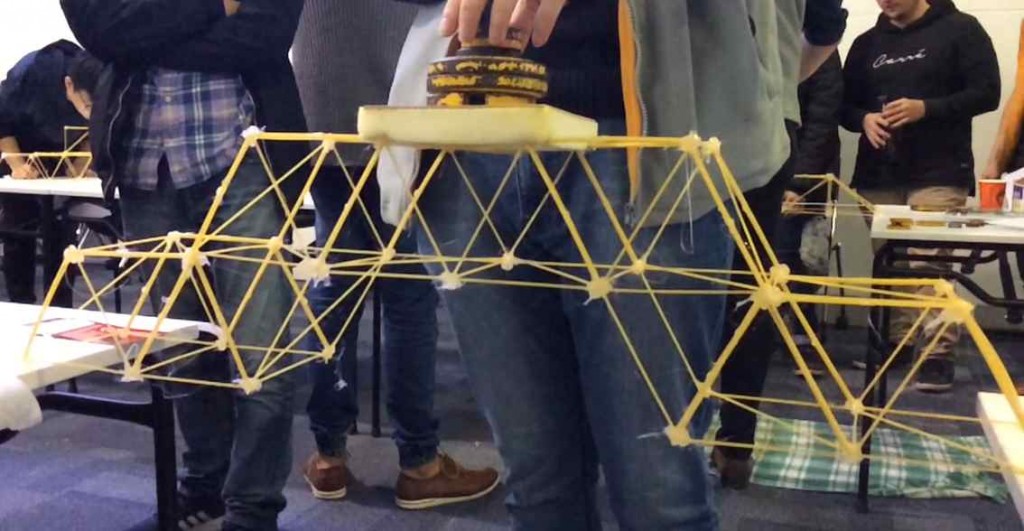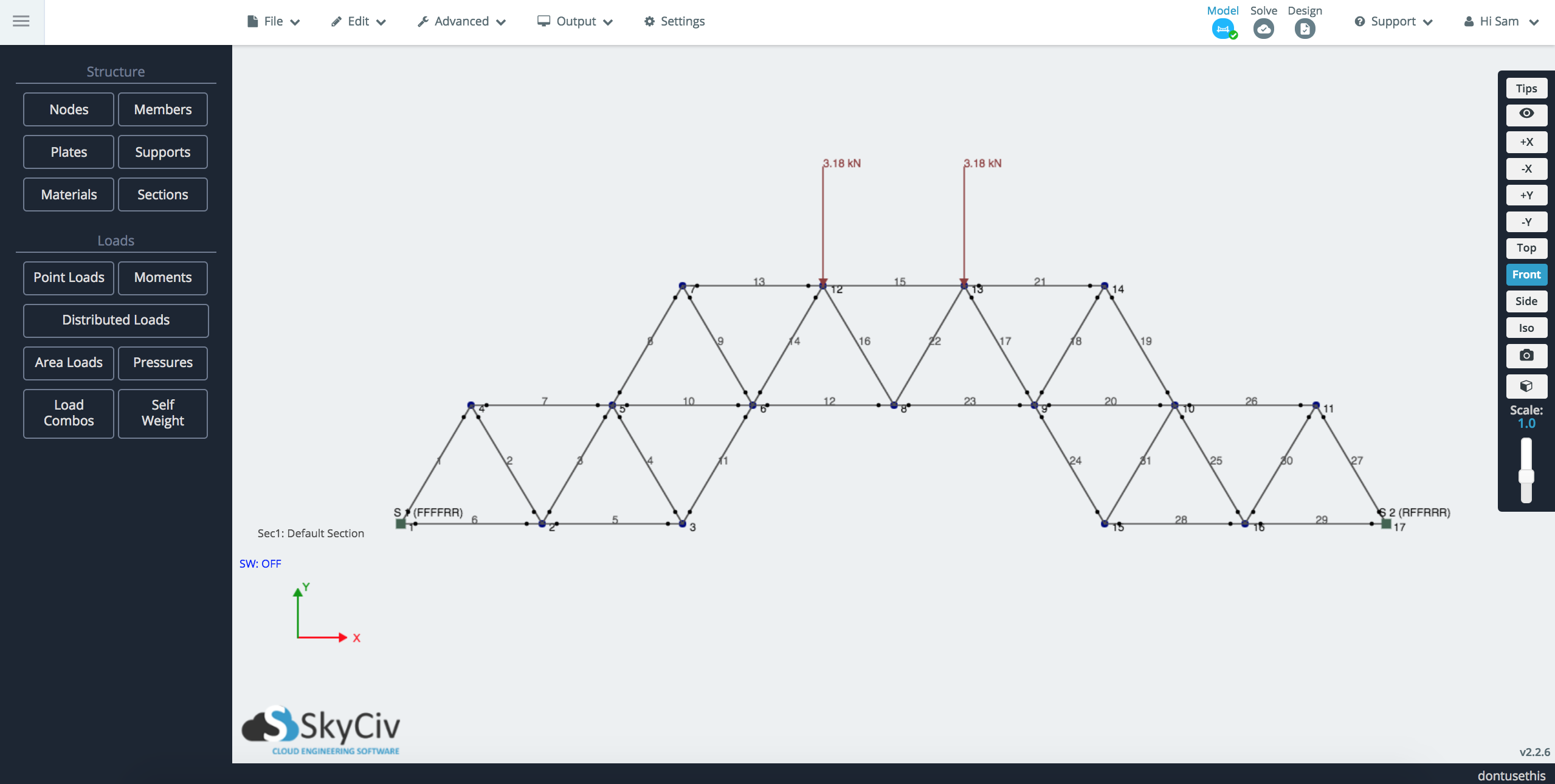SkyCiv has always prided itself on its ability to deliver tools and software to improve education in engineering. STEM Education is at the forefront of future innovation and design, and we believe it is important to support, promote and develop these disciplines wherever we can. These are the future engineers that will create the technology and designs to improve the standard of living of people around us. This is why SkyCiv aims to enhance the learning of such engineering students. For instance, our Sponsorship of the Science Olympiad Towers Competition helps high school students use software to model, design, and build tower structures as part of an educational competition.
In this article, we will explore a case study of Monash University and its use of SkyCiv Software in an interactive, fun, first-year design course ENG1001. The focus was on Engineering Design: lighter, stronger, faster.

Students use SkyCiv to model the Truss, then apply real-life weight to the top of the truss structure.
How was SkyCiv Used?
SkyCiv Structural 3D was provided to all 500 students participating in the course, enabling them to model, analyze and design their structures using simulation, rather than trial and error. The software is extremely intuitive, so the students were able to pick up the software quickly. We also supplied full documentation, so that students can find videos, articles, and tutorials on how to use the software.
The most exciting part is that these were all first-year students! They were so advanced with their understanding of these engineering concepts. The competition allows students to see the concepts of stress (the material used was spaghetti) and how this plays into the design of a structure. Introducing them to these concepts in an interactive way helps promote Civil and Mechanical Engineering disciplines as a choice for these flexible first-year students.
The students were able to simulate a range of different designs, using SkyCiv’s flagship Structural Engineering Software:

Student Feedback
The students showed great enthusiasm using the structural analysis software and had the following feedback after the competition was complete:


